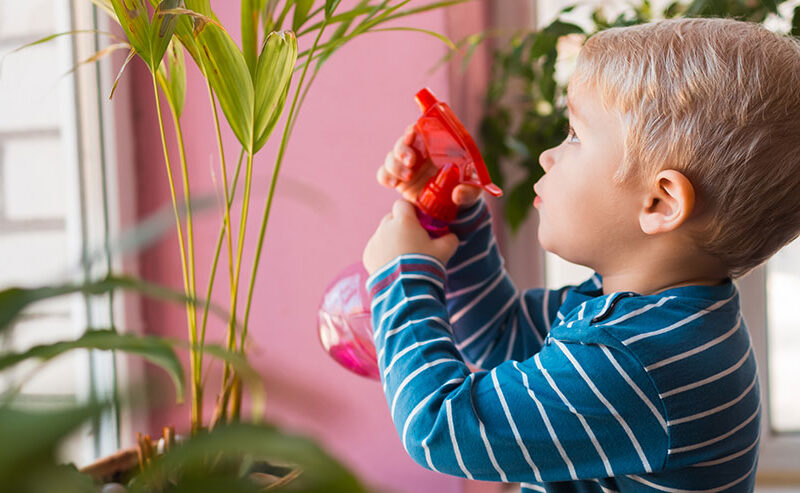How do we handle the barely clothed adults on billboards?
How do we handle the barely clothed adults on billboards? https://mediatrics.com/wp-content/themes/corpus/images/empty/thumbnail.jpg 150 150 Mediatrics Mediatrics https://mediatrics.com/wp-content/themes/corpus/images/empty/thumbnail.jpgQ: How do we handle all the barely clothed adults that we see on billboards, in the form of underwear, perfume, and even soft drink ads? My 7-year-old finds it "funny" that all the young people in the ads always have their pants unbuttoned—that is, of course, when they are indeed wearing pants.
Baffled by Billboards, in San Francisco, CA
A: Dear Baffled by Billboards:
It’s always tricky to navigate your kids’ exposure to these kinds of images. Most kids, particularly young ones, don’t really get it. To them, the half-naked models just look silly—like they forgot to finish getting dressed. But even though it might seem like the messages are going over their heads and are therefore no problem, you are right to be concerned.
I'm not saying that these ads will change a child's behavior immediately. But over time, kids get the idea that these kinds of sexual images are what's normal. Kids are constantly taking in what they see and hear to understand how the world works. If mommy doesn't respond to that image, they figure it must be normal. But if mommy comments that she also thinks it's silly, maybe it's not really how things are. These early interactions lay the groundwork for how kids will interpret such images as they grow, as well as whether they should seek to copy that kind of behavior.
Although it might not be obvious, you actually have a fabulous opportunity here: This is a ready-made entry point into teaching your kids media literacy. For younger children, like your 7-year-old, laugh with her as you talk about how silly it is to sell clothing using pictures of people who are barely wearing any. Or comment that it doesn't seem to make sense that you'd sell a can of soda with these pictures, and ask her what kinds of pictures she would use to convince people to buy a soft drink. Instead of accepting the sexual images she sees, she will learn to question them.
Older children want to be respected and allowed come to their own conclusions, so discuss the ads with them, and ask them what they think. Challenge them to consider how the picture makes them feel and whether it's a positive way to show women. One of the most powerful lessons we can teach our children is how to think—what better opportunity than when they see something you’d like them to question?
>>Learn more about media and sex
Enjoy your media and use them wisely,
The Mediatrician




